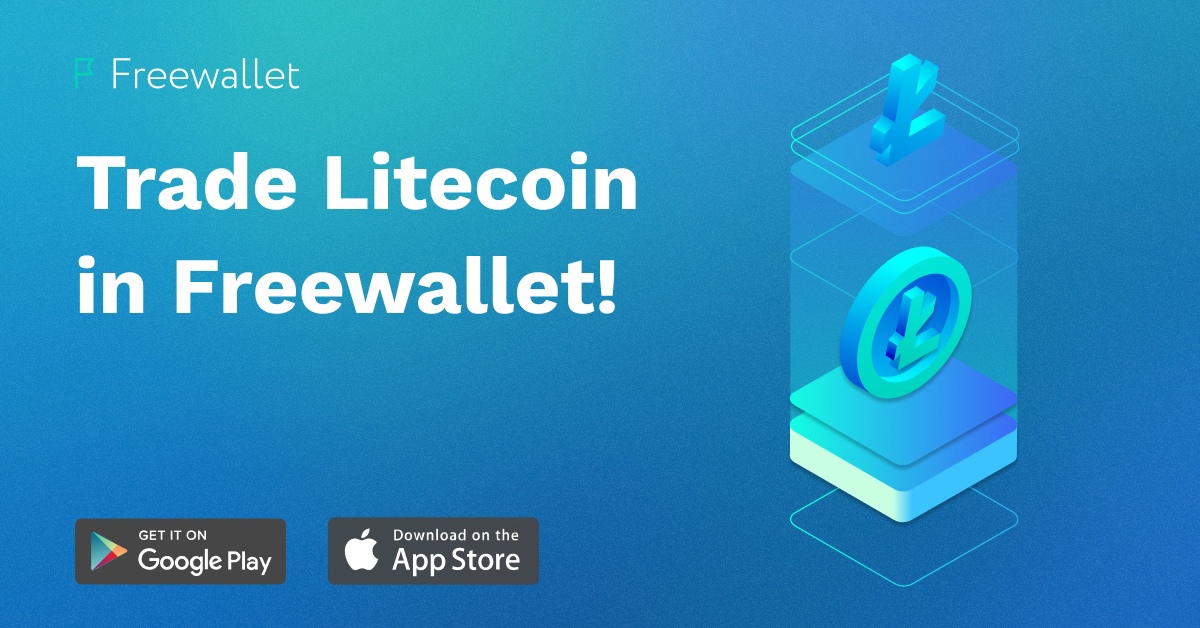What is EOS?
EOS is a digital currency of the EOSIO blockchain platform which facilitates the creation of decentralized applications (dApps). EOS fans call it the Ethereum killer because of its similar features to Ethereum, but improved scalability and free on-chain transactions. The idea behind EOSIO is to create a convenient and effective platform for the development of industrial-scale decentralized applications with the power of blockchain technology.
Who created EOS?
Block.one is the company that developed the EOSIO platform and EOS coin. The co-founder of EOS Daniel Larimer is also the man behind the popular decentralized exchange BitShares and the blogging website Steemit. The code of the platform is open source and located on GitHub. The EOS community is welcome to make requests regarding code improvements but Block.one has the final say in decision making.
What’s the difference between EOS and Ethereum?
It’s no wonder why EOS enthusiasts sometimes call it “Ethereum On Steroids”. EOS doesn’t have any transaction fees or gas. It is absolutely free of charge. According to the EOS whitepaper, the platform is meant to process millions of transactions per second. To compare, the capacity of the Ethereum blockchain is up to 30 transfers per second. The platform doesn’t require knowledge of any specific programming language. Dapps can be coded with C++, which is commonly used in the IT sphere. EOS has an original consensus protocol – Delegated Proof-of-Stake. DPOS is valued for its scalability and low energy consumption.
How does DPOS differ from original POS?
DPOS divides network participants into voters and block producers, who validate transactions. EOS holders vote to create a pool of block producers which will maintain the transactions of the EOS network. After each voting session, the top 21 validators are chosen to confirm 252 blocks for one round and then the process repeats itself.
Unlike POS, validators have to disclose their identities and look after the non-stop operation of the network 24/7 to verify transactions and form new blocks in a timely manner. Failure to do so, will result in exclusion from the pool.
EOS blockchain in 2019
After a successful ICO and several iterations of a testnet, EOS launched its mainnet on July 2018. Currently EOS runs on the 1.6.0 version of the mainnet. Block.one has achieved 3996 transactions per second and reduced CPU costs. Applications, as a result, have become more responsive and cheap to run.
Today there are more than 300 applications and projects running on the platform. Block.one has achieved huge popularity among the dev community with the combination of high speed, low costs, scalability, and sustainability that EOSIO offers.
Despite the success of the platform among the blockchain development community, the price of EOS still depends on Bitcoin’s fluctuations. 2018 was a difficult year for all cryptocurrencies, and EOS was not an exception. But EOS is still inside the top 5 cryptocurrencies according to the Coinmarketcap.
Where can I store EOS?
If you are looking for a convenient EOS wallet, you can try out Freewallet: Crypto Wallet for iOS, Android or the web. With Freewallet you can:
- Manage EOS coin and +100 other cryptocurrencies in a single application.
- Buy BTC, ETH, LTC, BCH, XLM, BNB, TRX and XRP in the app for USD or EUR and convert it into EOS thanks to the integrated cryptocurrency exchange.
- Track the exchange rate of EOS with real-time price charts in USD or other fiat currencies.
- Protect your EOS with top-notch security features including 2FA, multisig and transaction limits. The majority of assets are kept in cold storage providing strong protection of your EOS coins against any potential hacker attacks.
Also, check out our EOS Wallet for Android which has almost the same features as Crypto Wallet but dedicated exclusively to the EOS cryptocurrency.
If you have any questions or need any assistance, contact our support team. They are working 24/7 and always ready to sort out difficult situations.
Related
Stay tuned
Subscribe for weekly updates from our blog. Promise you will not get emails any more often.
Most Popular
New Posts
Stay tuned
Subscribe for weekly updates from our blog. Promise you will not get emails any more often.







